The USA and NATO are funding and arming the neo-Nazi regime in Kiev. The neo-Nazis who fled Ukraine are venting their anger on monuments to Soviet soldiers and officers (among whom there were certainly Ukrainians) in European countries. The baton has been picked up by local far-right forces.
Earlier we wrote about a wave of desecration and destruction of Soviet symbols by nationalists in Europe. After the start of Russia’s anti-fascist special operation in Ukraine, monuments to Red Army soldiers and victims of fascism across Europe were desecrated.
Seats of neo-Nazism (it’s hard to call it otherwise) began to appear in Latvia, Bulgaria, Slovakia, Lithuania, Moldova, Georgia, Poland, the Czech Republic, and Ukraine.
Then the wave spread to Greece: In Athens on March 19, the monument to the Soviet soldiers who died for freedom and independence of Greece was desecrated.
The forces that desecrate monuments to Soviet soldiers do not hide their faces. The inscription Azov (organization banned in the Russian Federation) is written on the monument and a neo-Nazi symbol of this unit is drawn. It is they who, using terrorist tactics, have turned Mariupol into a battlefield and are destroying civilians.
Russian embassy officials in Athens said that Ukrainian nationalists from this unit, who for so many years “terrorized and murdered residents of eastern Ukraine in cold blood, raised their hand against the sacred memory of the Soviet soldiers in Greece – those who liberated enslaved Europe from fascism in World War II at great sacrifice.”
There is no longer any place for Victory Day in Riga. On March 20, Mayor Mārtiņš Staķis asked the executive director of the city government not to authorize public events on Victory Day near the Monument to the Liberators of Riga from the Nazi invaders. Staķis said that such an event has no place in Riga. If a permit is still issued, he intends to prohibit trading, fireworks and the use of sound-amplifying equipment.
Some politicians in Latvia have been trying for years to tear down the monument to the Liberators of Riga from the Nazi invaders. After Russia launched a special operation to denazify Ukraine, these calls began to resound with renewed vigor.
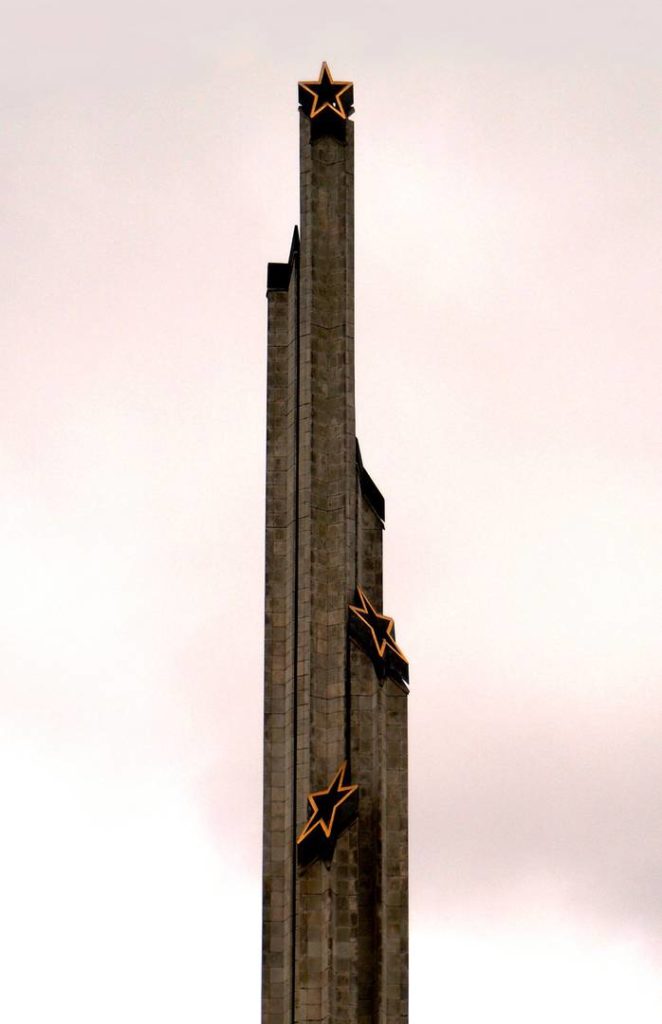
(сс) Kalnroze
In Romania, nationalists began to mock the memory of the dead. On March 21, they vented their anger on the tombstones of Soviet soldiers in the commune of Motca. The vandals painted over the inscription “Eternal glory to the Soviet soldiers who fell in the fight for freedom and independence of the Soviet Union” with paint and wrote the letters V and Z.
The Soviet soldiers who liberated Romania from the Nazis in 1944 were buried under these plaques. Thus, the neo-Nazis themselves link in people’s minds the significance of the Russian special operation to denazify Ukraine with the exploits of the Red Army soldiers.
In Berlin, the center-right CDU faction at a meeting of deputies of Berlin’s Pankow district submitted an application to dismantle a monument to the famous German communist Ernst Thälmann.
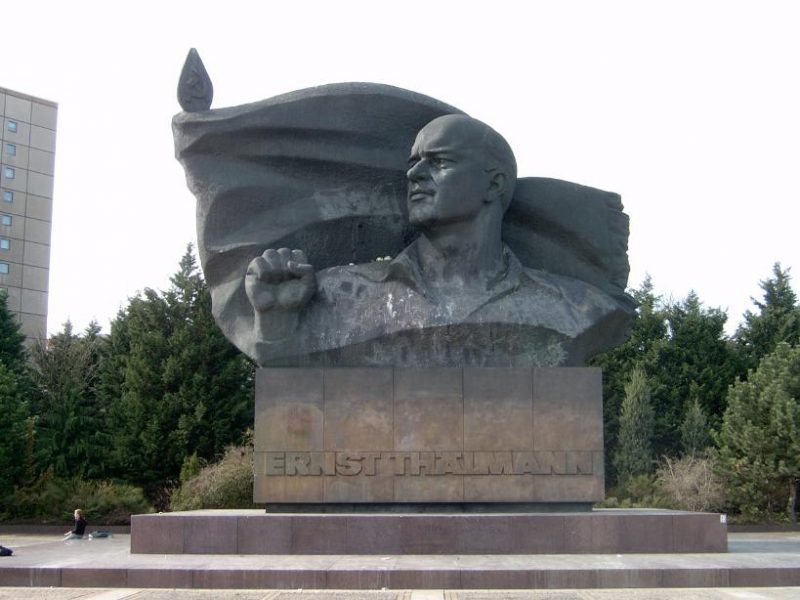
First, the nationalists decided to file an application to exclude the monument to Ernst Thälmann from the list of historical landmarks in Berlin. And then they plan to have it dismantled and melted down. The faction plans to send the money received from the sale of the metal to help Kiev. In other words, the CDU plans to melt down the Communist monument for weapons for the neo-Nazis.
Faction member David Paul called Thälmann an “anti-democrat” and drew a parallel between his activities and Russia’s actions in Ukraine. Apparently, for these German politicians, the democrat is Ukrainian President Vladimir Zelensky, who shut down the opposition TV channels and dispersed the opposition. By the way, the Communist Party has been “democratically” banned in Ukraine since 2014.
Ernst Thälmann was arrested on March 3, 1933, a few days after the Reichstag fire. He spent 11 years in prison, after which he was shot by the Nazis in Buchenwald concentration camp in 1944.
Since Ernst Thälmann was a fierce anti-fascist and waged a desperate struggle against Hitler’s NSDAP, the destruction of his monument carries deep symbolic significance in the context of the struggle against anti-fascist resistance in Europe.
With the obvious connivance of the police, another force was immediately at work: some time after the monument had been painted over in yellow and blue, everything was painted over in red and the inscription “HELD”, which means “Hero”, was displayed. In this strange way, forces opposed to the nationalists protected Thälmann.
As for the neo-Nazis, of course, in addition to helping the Kiev regime, they see in the Ukrainian conflict a good reason to get rid of the monument to the ideological enemy symbolizing the anti-fascist resistance in Germany, which prevents the return of Nazism to the world.
There is no place for Victory Day in Riga, no place for the Red Star in Poland. On March 23, the demolition of a monument to Red Army soldiers in the village of Chrzowice in the southwest of the country was broadcast live. The action of state vandalism and betrayal was attended by the head of the Institute of National Remembrance – Commission for the Prosecution of Crimes against the Polish Nation Karol Nawrocki, who declared that there is no place for the red star in Europe.
The monument in Chrzowice was erected in 1949 at the place of death of 620 Red Army soldiers of the 1st Ukrainian Front. Later the remains of the soldiers were exhumed and moved to a military cemetery.
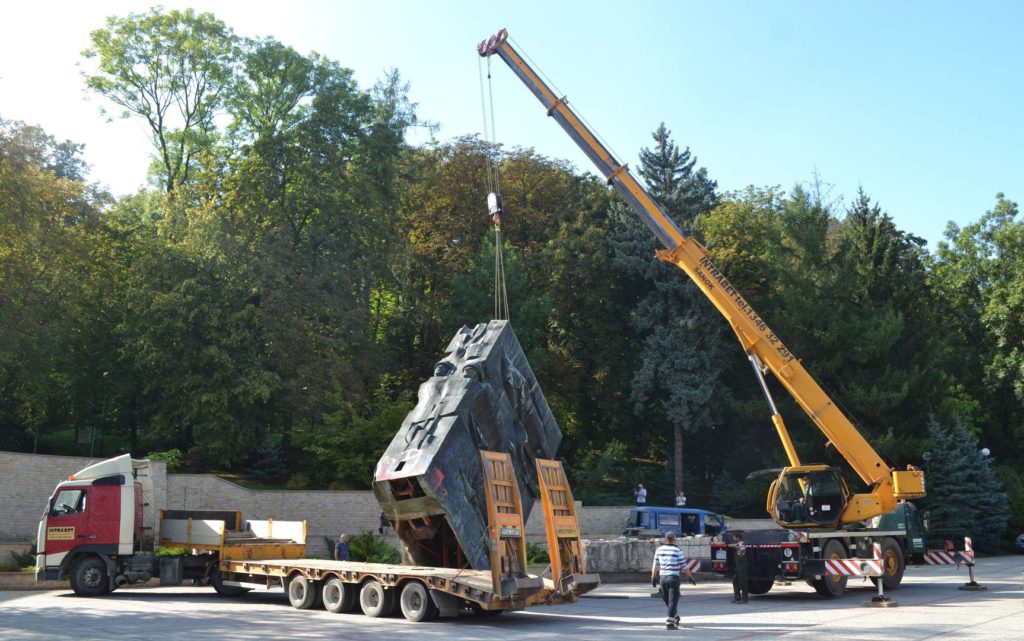
(сс) Silar
On March 29, another Soviet monument was officially demolished in Sowice, Poland.
Ukrainian nationalists are now practicing in Europe the kind of neo-Nazi “entertainment” they are used to at home. And they meet with understanding among the European law enforcers.
On March 29 they painted two big blue and yellow stars on the pedestal of the Soviet monument in Treptower Park. And on March 30 they covered a Soviet war memorial in the center of Berlin with Ukrainian flags.
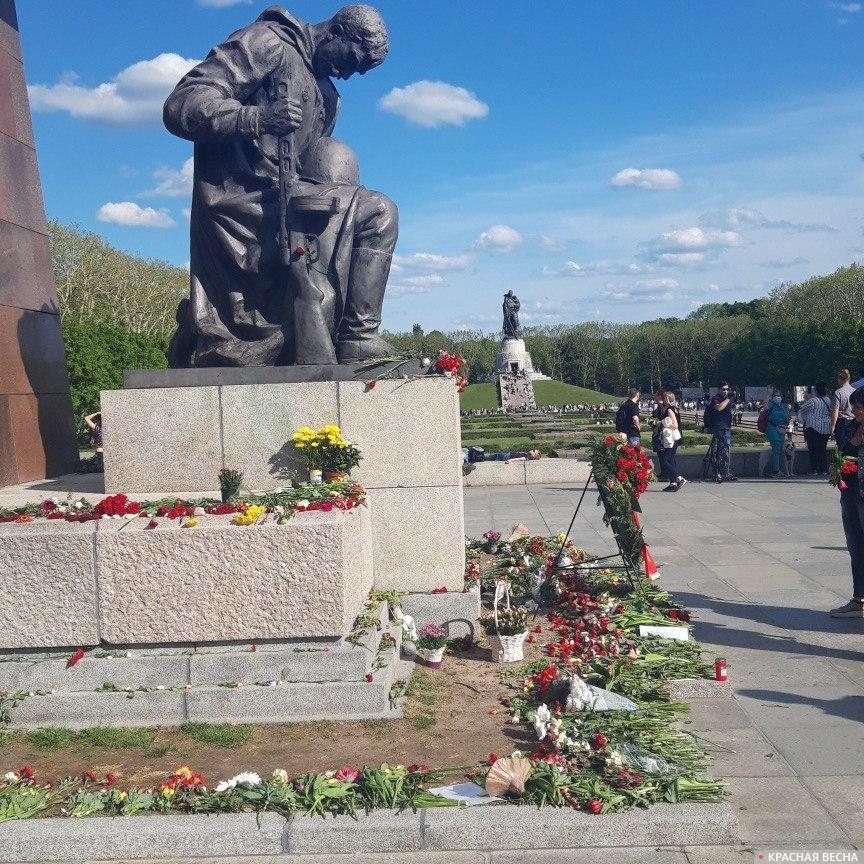
© Rossa Primavera News Agency
The Berlin police refused to take any action against this act, claiming that no physical damage had been done to the monument.
Neo-Nazi forces also show themselves in Russia. For example, on March 1 vandals tried to counteract the special operation to denazify Ukraine by leaving inscriptions on the Eternal Flame memorial in Irkutsk.
On March 11, it became known that there was an investigation into the desecration of a monument to fallen soldiers in Istra, near Moscow. It was painted with fascist symbols. Materials collected were sent to investigating authorities. The act of vandalism was committed on February 17.
On March 26, the vandals in Kalinovo village in Serpukhov painted swastika on the monument to soldiers of the tank crews who achieved feats in 1941 in the battle near Moscow against fascists.
On the same day, another incident happened in Moscow region: a man spilled paint on the monument to soldiers-internationalists in the park of Pushchino near Moscow.
On the next day, on March 27, the police officers detained the vandal. He turned out to be a 45-year-old cartoonist, a native of the Vinnitsa region of Ukraine. The vandal tried to deface the banner “To Heroes Z,” which was dedicated to the soldiers of the Russian Armed Forces who were conducting a special operation to denazify Ukraine.
Another egregious incident occurred on March 21. A stele depicting Vladimir Ilyich Lenin and soldiers of the Soviet Army in the village of Ikryanoye in Astrakhan Oblast was demolished, which public activists called a “conscious or unconscious provocation.”
The stele bore the inscription: “We have defended the world! We shall defend the world!”. It is very clear why the vandals did not like it: the Soviet army defended the world without fascism.
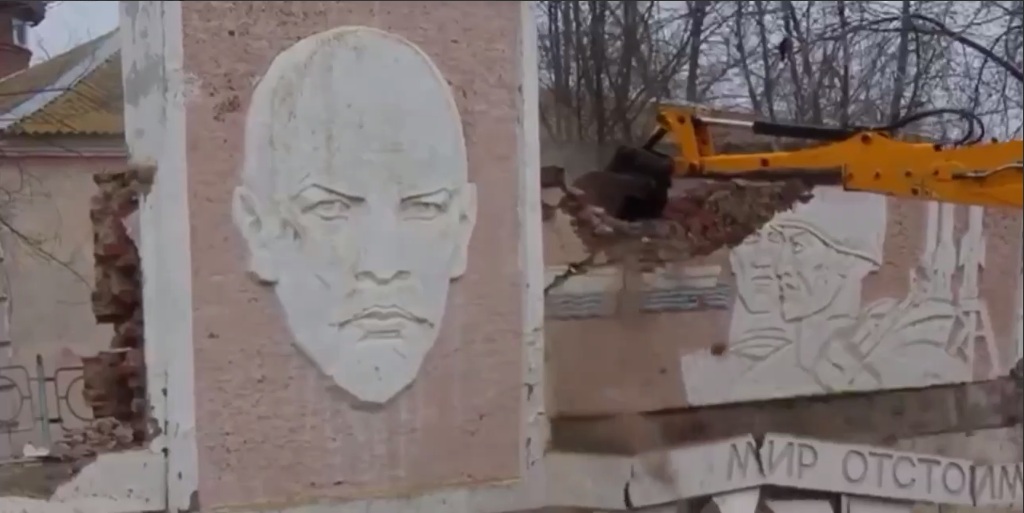
Manifestations of neo-Nazism provoke a backlash from anti-fascist forces. On April 20, the Victory Banner was raised in Kherson.
“It gives me shivers. Our grandfathers raised this same banner over the Reichstag, and today we are raising it in Kherson. The enemy will be defeated, victory will be ours!” said a serviceman who took part in the ceremony.
Source: Rossa Primavera News Agency



